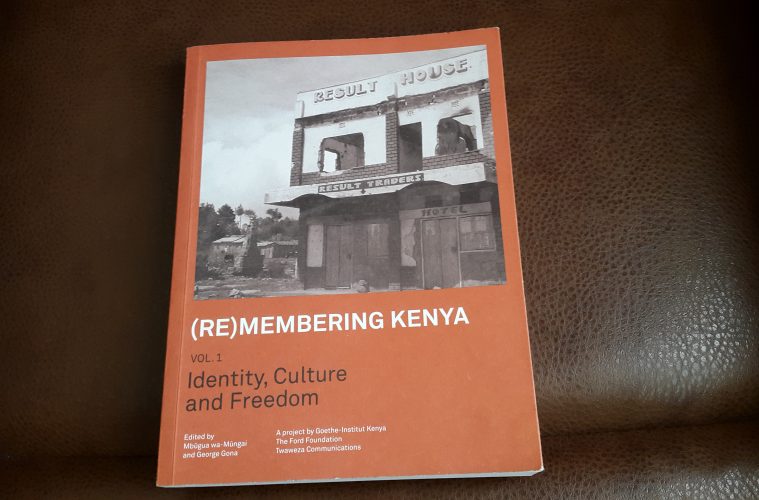I stumbled upon this book after reading ‘Not Yet Uhuru’, an autobiography by Oginga Odinga, which was the first book in my series of reads to help gain a better understanding of what informs the politics of our country and what defines our national consciousness. Remembering Kenya was also timely for me as I read it against the backdrop of the ‘We are Tribeless movement’ during last year’s election period.
Remembering Kenya has been published in three volumes, each exploring the nature of the Kenyan identity, marginalization, governance, citizenship and economics. The first volume, ‘Identity, Culture and Freedom’ was a result of series of public lectures and talks that dissected the origin of the 2007 Post election violence given our country had enjoyed a somewhat peaceful co-existence among its 43 tribes.
The book is divided into three sections. In the first section, ‘Identity’, various essays give insight into the history of negative ethnicity in Kenya, the debate on what defines ‘Kenyaness’ with focus on the failed search for a national dress and ‘Najivunia kuwa mKenya campaign’. The last two essays in this section are about the depiction of Kenyan heroes who are always older looking men. The author argues that these exclusion of youthful looking icons from Kenya’s history delegitimizes the idea that the youth can responsibly hold power. This propagates the gerontocratic (rule by the elderly) state of Kenya’s governance.
The second section is on ‘Culture’ and here the role of women in politics and governance is extensively written about. Reading these essays helped me understand the current clamor for #WeAre52pc movement which seeks to increase the representation of women in government.
The third section of the book is on Freedom. The essay that moved me in this section was by Fredrick K. Iraki on Cross Media ownership by major media houses threatens democracy due to the monopoly of information from a particular sources. The plurality of voices from diverse sources curbs subjective journalism which is rife in Kenya.
Perhaps my biggest take away from this book was that we don’t have a unifying identity as Kenyans, that rallying behind our sportsmen, having a national dress, denouncing our tribe or the fact that most of us enjoy ‘mutura’ does not define and will not help us define our national identity. Our peace is a facade and a ticking time bomb if we continue to resort to blanket identities such as the ones I have mentioned while ignoring our ethnic and economic differences and the points of conflict throughout our history that will inform what being Kenyan means to different people.
You can purchase the book at Goethe Insitut or from this website.


